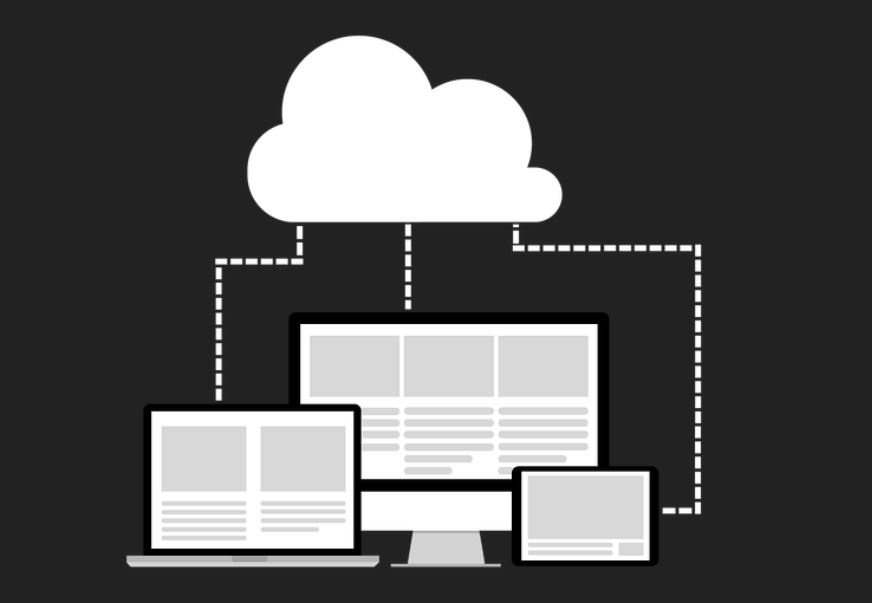
If your business is like most these days, it is spread out over different locations and functions: you might have sales people on the road, creatives in an auxiliary office space, individuals working from home, and others spread out across client offices. At the same time, you have probably heard a lot about collaboration and how important it is to get all parts of your business communicating with one another. Front-line sales people, for instance, might be able to tell engineers redesigning a product what customers really are looking for.
Here are ten ideas for collaborating and sharing work across your organisation and with others – using existing facilities you can purchase through third parties. We’ve broken them down into the three c’s: communication, conferencing, and coordination, but some tools and technologies will fit in more than one spot.
Communication
- Email/voicemail: These technologies have been around for decades but show no signs of going out of use. If you need to get a message to someone, especially if the message is complicated or has a lot to it, it is probably best to put it in an email or to leave a voicemail. Email applications, like Outlook, also sync with other productivity tools like calendars and scheduling tools.
- IM: Although this technology has been around a while, too, it constantly gets reinvented and we continually find new ways to use it. For instance, Google Hangouts works well if you just want to talk one-on-one, but we will also talk about it later under teleconferencing. If you need to have a quick conversation with one or two other people, this is a great technology to use.
- VoIP and video calls: Speaking of video, voice and video calls placed over the internet are still widely used. You may already use Skype in your line of work. Many other IM options, like Google Hangouts and Whatsapp, also allow you to make video calls. You can also place calls over the internet using your smart phone, tablet, or computer.
Conferencing
- Video/IM Teleconferencing: Some of the video and IM options also work for teleconferencing. Hangouts can work with groups, as can Skype for Business. There are also many other big names in this space, such as Webex and Go to Meeting.
- Forums: Many internal websites still use wikis and other Web 2.0 tools to communicate across departments. A group within an organisation can easily set up a forum for individuals to ask questions or add comments. This is an asynchronous way to communicate across groups and among several organisations.
- Shared whiteboards: One feature of most good teleconferencing software is the whiteboard. Webex, Go to Meeting, Teamviewer, and Zoom all have a whiteboard feature that the presenter can use or hand over control to others on the call.
Coordination
- Calendars: A robust mail app might come with a calendar function as well. You will find this feature as part of the Google suite of apps and on iOS devices. In most cases, calendars can be synced to each other so that you have one master calendar.
- Time trackers: There are specialist apps available just for tracking tasks and the time spent doing them. You can also find list makers (Tada Lists and Todoist, for example) and more collaborative task management software, which we will discuss more below.
- Cloud file storage and sharing: Collaboration occurs best when you can quickly share files with each other. The best example of this is Google Drive, in which documents, presentations and spreadsheets can be created and edited in real time by anyone invited to create or view and edit them. Microsoft’s OneDrive has a similar feature—Shared with Me (along with Sharepoint). Many work groups use a common spreadsheet, for example, to assign tasks and track progress – hosted on Google Drive or Dropbox. OneNote can be used in similar ways to share notes with the rest of the group.
- Project management and coordination software: There are many tools in the cloud that let your team keep track of what they want to do, where they are going, and what has been done. One such app is Trello, which lets you set individual and team goals, broken down into tasks.
Strengthen Your Collaboration Toolkit
This is not an exhaustive list and it is hard to know exactly what you need for specific projects. Enabling different types of app to sync together without duplicating your workload can also be a challenge. The alternative to using disparate third party applications is to develop a bespoke solution; either in house if you have the skills, or by using a development partner such as ourselves. This avenue is worth exploring for several reasons. It may cost more than individual third party applications, but a bespoke solution will be better suited to your business by design.
Each function will fit your needs like a glove and sync together without the problems of having to juggle applications by X different developers – none of which will be designed to work together. Bespoke development allows streamlined design to avoid duplication of time and enhance productivity; something that may be possible with a third party application but only within its specific field. E.g. file management, email marketing etc.


